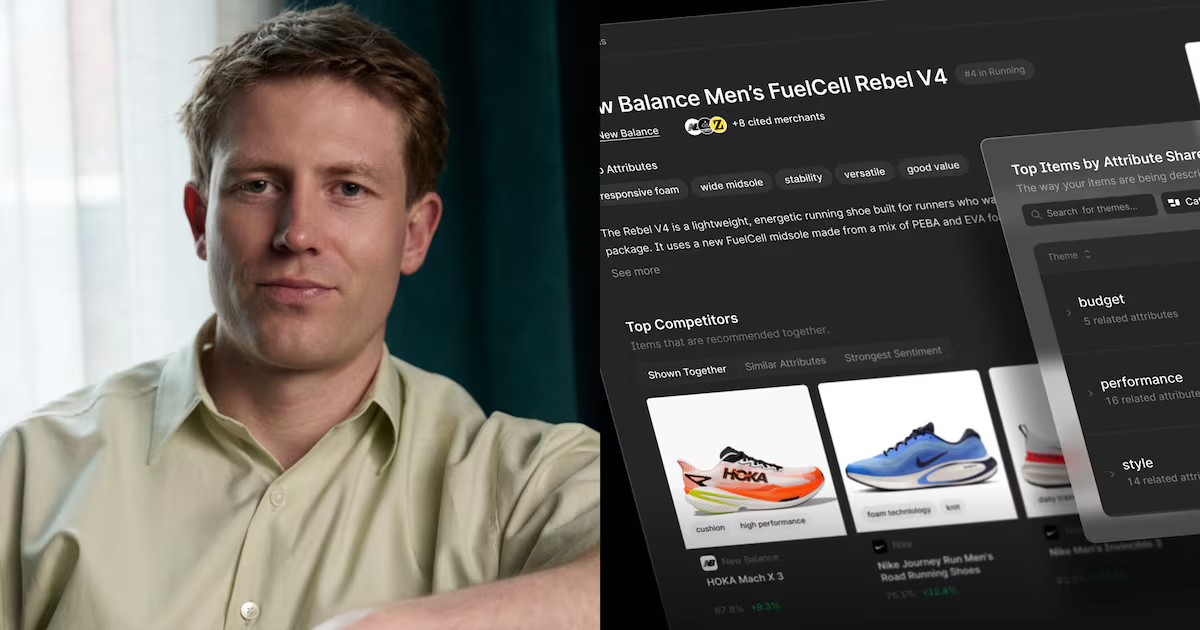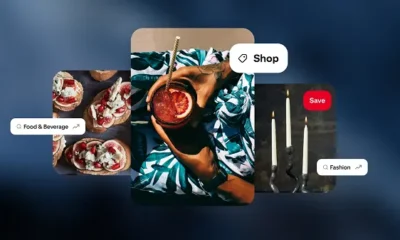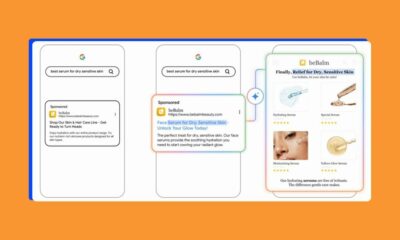MARKETING
How to Use Your CRM to Power Your Marketing

It’s easy to picture the customer journey as a well-traveled, east-to-west road trip, following a single highway from awareness to consideration to purchase.
In reality, people take a lot of detours.
If you want a complete picture of the customer journey, it’s essential to connect your marketing efforts with the tool at the center of it all: your company’s trusty CRM.
While you may be familiar with a CRM, you probably aren’t using it to its full potential. Here, we’ll cover its role in marketing and how it powers great customer experiences.
What is CRM Marketing?
Customer relationship management (CRM) refers to software that tracks and records customer interactions. In marketing, it can be used to personalize messages, create more targeted content, and expedite the sales process.
CRMs are traditionally considered a tool for sales teams to track leads, prospects, and customers. With them, reps can see every interaction a contact has had with a brand — everything from calls with a sales rep to website visits.
But on the marketing side, marketers rarely use a CRM for anything other than creating email lists, if at all. This is a huge missed opportunity.
Think of your CRM as a single source of truth — tracking every customer interaction and painting a clear picture of their journey. Here are the benefits of this:
- One central hub for data. Any business, regardless of size, needs a central location for storing data. This makes it possible to identify patterns and see what’s working (and what’s not).
- More audience segmentation. You’d never send the same message to every customer — which is why segmentation is so crucial. A CRM can group your audience into segments — such as where they live or when they’re most active — so that you can talk to your audience in a more targeted way.
- Optimized campaigns. A CRM tool can connect to your marketing channels, enabling you to see how your channels perform and how your audience is interacting with you.
By putting it at the center of your marketing strategy, you can truly personalize your messaging, create more targeted and meaningful content, and expedite the sales process — helping your entire company grow.
Let’s dive more into this below.
What is the Role of CRM in Marketing?
As I mentioned above, marketing is about more than single, solitary interactions – it’s about building a complete customer experience.
Here’s how CRM can power different areas of your marketing:
1. CRM for Email Marketing
With email and your CRM, you can segment your contacts into different lists based on any CRM data point like location, page interactions, and more. And it doesn’t stop there.
You can add an extra layer of personalization to your emails by sending different CTAs to customers based on your CRM data. By sending relevant, personal emails, you can build trust and provide value to customers and prospects.
A CRM can also help you and your team save time. By connecting email to your CRM, you can avoid exporting and importing lists of contacts into your email service provider (ESP). This keeps all of your contact information up to date while helping your team stay compliant with CAN-SPAM laws.
2. CRM for Social Media Marketing
You probably already know this, but it bears repeating: social media is a two-way street. Producing great content for social — like clever tweets, trendy Instagram photos, and engaging videos — is important, but it’s not enough.
By pairing your CRM with social, you can see how customers engage with your platforms and the conversations they’re having — making you more prepared to interact with them.
A social CRM can also give you an overview of topics, hashtags, and influencers within your audience segments. Then, you can leverage this data to provide timely, relevant content.
3. CRM for Digital Ads
While third-party data helps you reach a broad persona, the first-party data you get from your CRM lets you target a hyper-specific group of people. It allows you to create relevant ads for any audience, no matter what stage they’re at in the buyer’s journey.
For example, you can create a custom audience of all the contacts in your CRM who viewed a certain product. Based on this audience, you can then create an extremely specific ad that provides information about that product to propel them along their buyer’s journey.
This makes a big impact on your customers. Think about how many ads they see in a day. How many of those do you think are actually relevant? By promoting highly targeted ads, your customers won’t be surprised or frustrated when they see one.
CRM Marketing Automation
CRM software is designed to help sales and customer service professionals — but it can also help you perform some marketing tasks.
For instance, in a CRM you can set up email sequences to engage with leads without manually re-creating content. It can also alleviate your workload by taking tedious tasks off your hands, like manual data entry or logging customer interactions on social media.
However, while CRM software can perform some marketing automation tasks, your CRM alone may not be the right solution for all of your marketing. Check out this helpful article that compares CRM versus marketing automation.
Final Thoughts
When marketers leverage their customers’ data for good, they can craft remarkable customer experiences. By combining your efforts with a powerful CRM, you can connect the dots to improve the customer journey.
Source link

















You must be logged in to post a comment Login